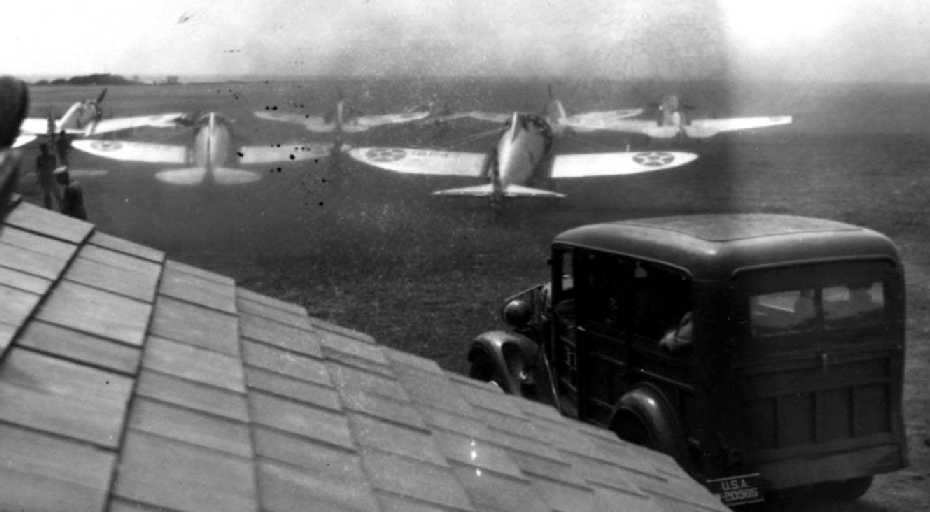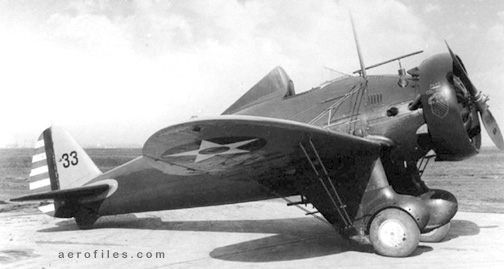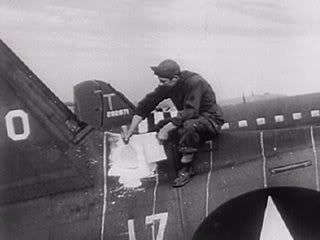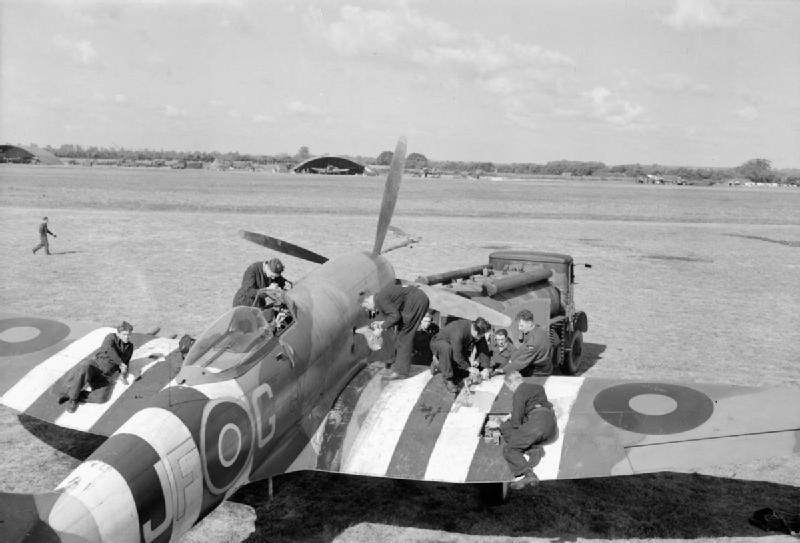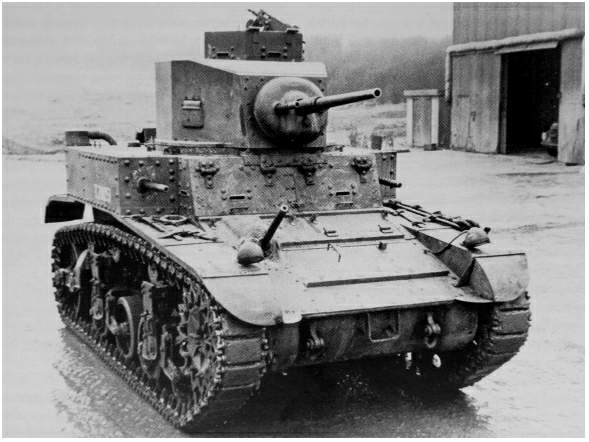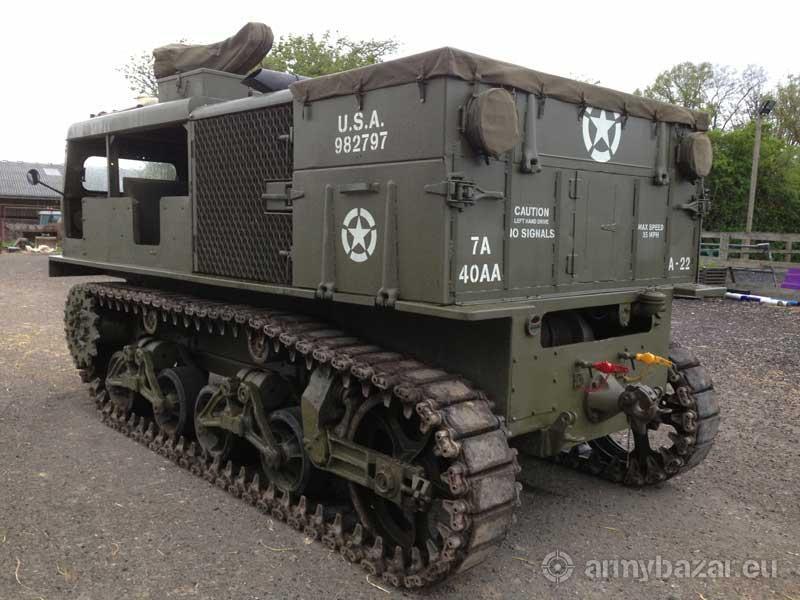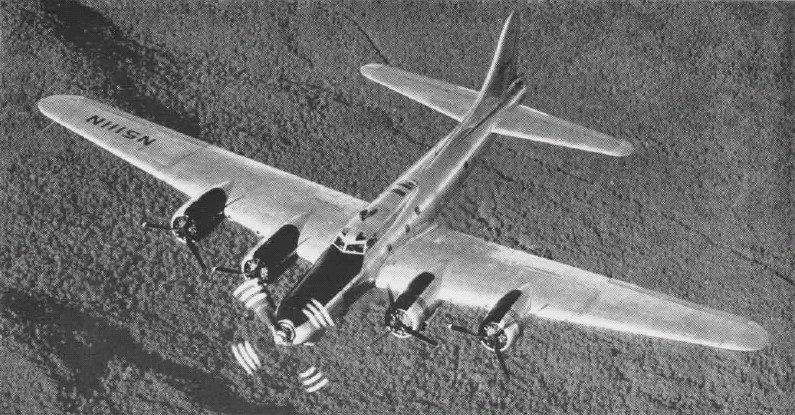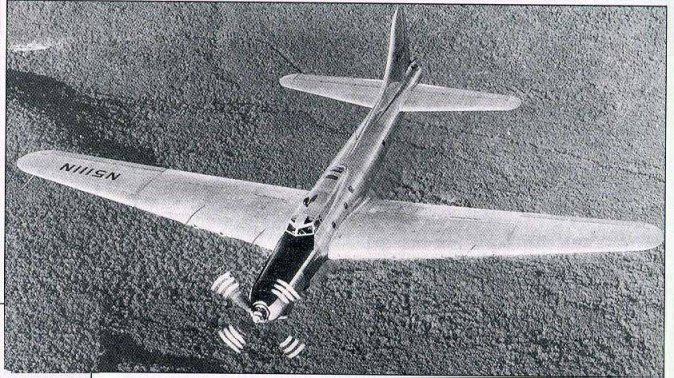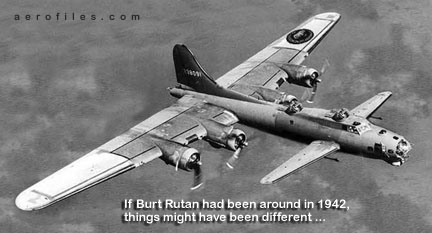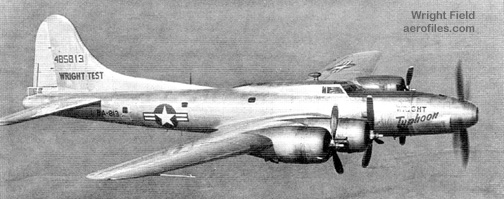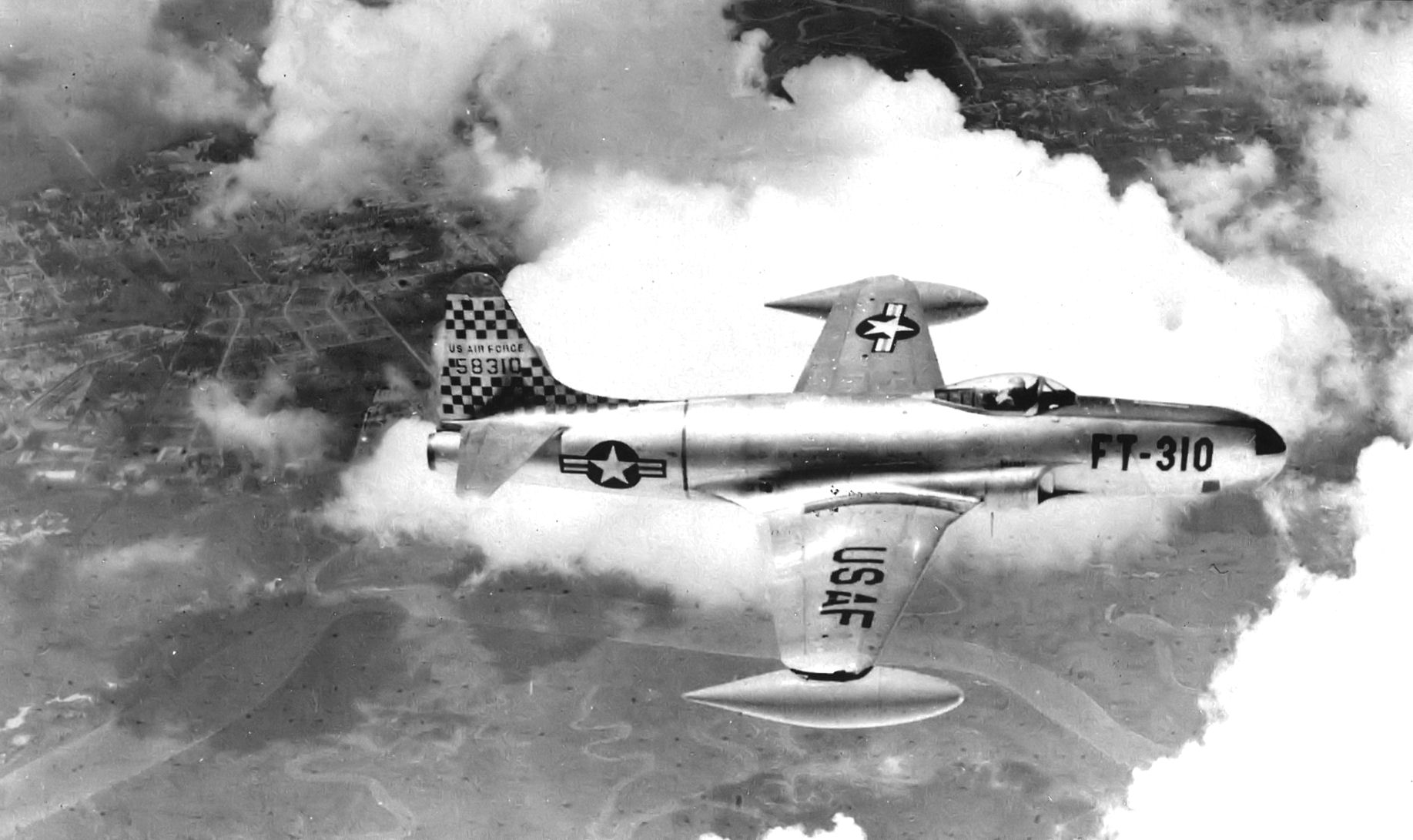

I want to tell you my one experience (up close and personal) with an RF-4C, based at Shaw AFB in the late fall of 1969. I had just volunteered for the AF (ROTC) and, as a reward, all of us who opted for AFROTC (the first year ROTC was voluntary at my university) were promised a ride in the back seat of a jet fighter. Alas, it wasn't in the RF, but in a T-33 (which is still no slouch, based on the F-80 and loaded with thrust).
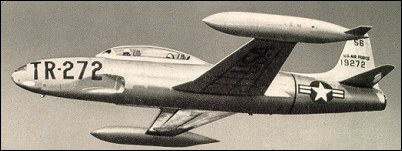
Anyway, I was in the back seat of the T-bird, with a USAF Major driving up front (and building flight time - he was a desk jockey but still wanted flight pay), and I was having a blast. Then, as we flew over Shaw at 10,000 and 360 knots indicated (paralleling the runway 2 miles below), an RF jock got the tower and asked for permission for a "war emergency climb" to 30,000. My pilot told me to watch for the afterburner flare ...


As soon as I saw it, I popped the pilot on his helmet (which is what
he'd asked me to do), and he immediately firewalled the T-bird and also
began a zoom climb.
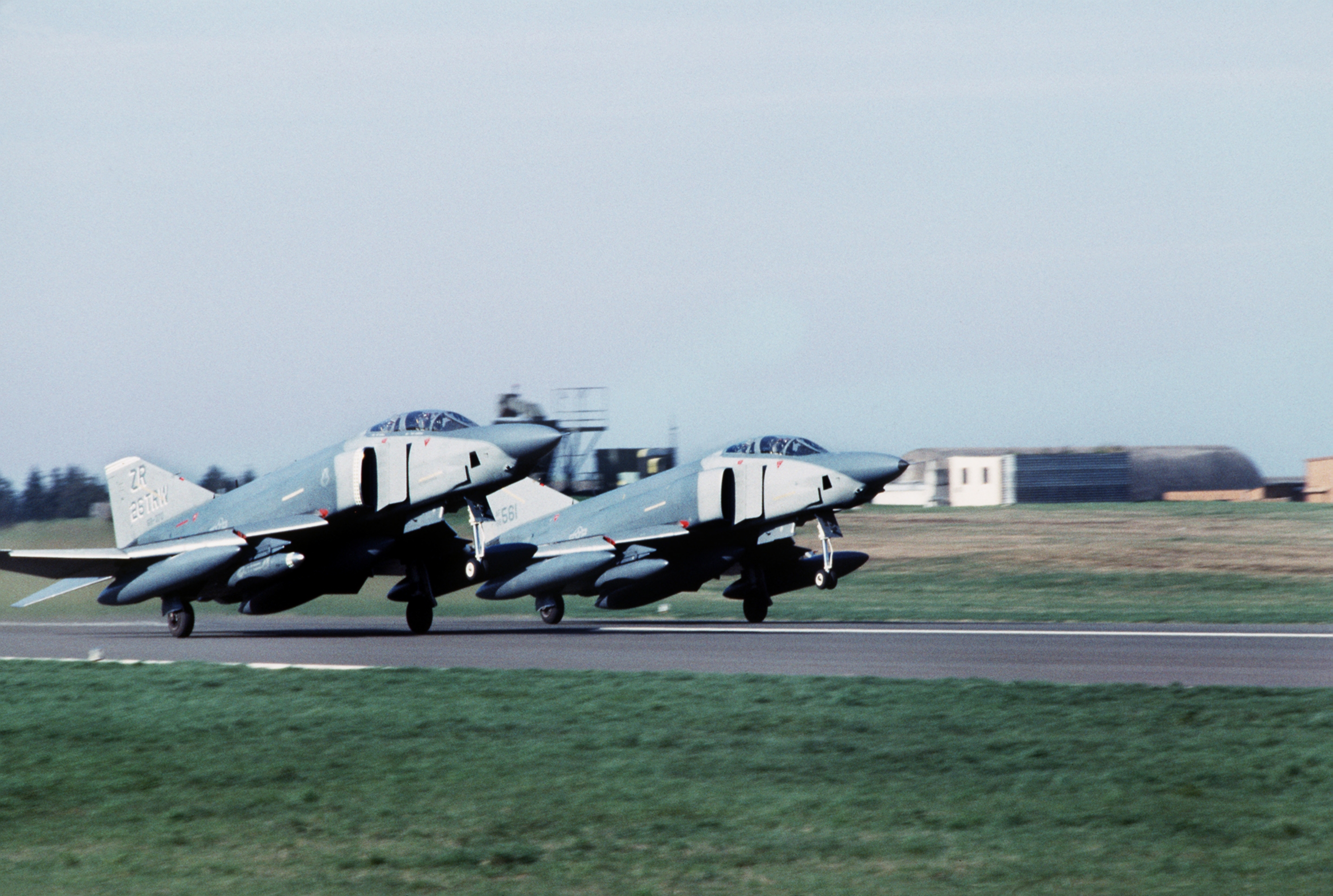
Remember, at that instant in time, we were going 360 knots - we could have easily coasted to 15 grand in no time at all - but he poured on the coals ... and at that instant, the RF was just starting to roll. Got the picture?
Here's what happened next.
The RF passed us (like we were standing still) at 11,500 feet. Remember, it would have taken us just seconds to coast that high, but we were at full power.

That, my friends, is just how damned fast and powerful an RF-4C was in 1969, and if it was still around today, it would be just as fast and exciting.

Now, just as a personal aside, I had planned to make the USAF my career (having already failed the eye test and not being allowed to accept my appointment to Annapolis). I'd grown up dreaming about being 3rd Generation USN, but when I blew the Annapolis eye test, I set my sights on the USAF, and chose a civilian college with AFROTC. Shortly after volunteering, I scored the highest AF officer qualifying score ever seen at my university - and at that, I was immediately offered a full scholarship, but I had to take a physical. As with the Navy, even though there was an unpopular war on and a relative dearth of volunteers for the military, that ended badly.
So from 1972 on, I've been about military aircraft in history magazines (and now online), I go on History Channel talking about them (9x and counting), and I model them. Not what I'd hoped for, but it's as close as Uncle Sam and my damned (correctable, but not good enough) eyes would allow.
And so, I have my sights on a boxed diorama of my T-bird being passed by a scalded-dog RF-4C in '69 at Shaw AFB. Though personal, it's still "history you can model" ...
Remember, at that instant in time, we were going 360 knots - we could have easily coasted to 15 grand in no time at all - but he poured on the coals ... and at that instant, the RF was just starting to roll. Got the picture?
Here's what happened next.
The RF passed us (like we were standing still) at 11,500 feet. Remember, it would have taken us just seconds to coast that high, but we were at full power.

That, my friends, is just how damned fast and powerful an RF-4C was in 1969, and if it was still around today, it would be just as fast and exciting.

Now, just as a personal aside, I had planned to make the USAF my career (having already failed the eye test and not being allowed to accept my appointment to Annapolis). I'd grown up dreaming about being 3rd Generation USN, but when I blew the Annapolis eye test, I set my sights on the USAF, and chose a civilian college with AFROTC. Shortly after volunteering, I scored the highest AF officer qualifying score ever seen at my university - and at that, I was immediately offered a full scholarship, but I had to take a physical. As with the Navy, even though there was an unpopular war on and a relative dearth of volunteers for the military, that ended badly.
So from 1972 on, I've been about military aircraft in history magazines (and now online), I go on History Channel talking about them (9x and counting), and I model them. Not what I'd hoped for, but it's as close as Uncle Sam and my damned (correctable, but not good enough) eyes would allow.
And so, I have my sights on a boxed diorama of my T-bird being passed by a scalded-dog RF-4C in '69 at Shaw AFB. Though personal, it's still "history you can model" ...
